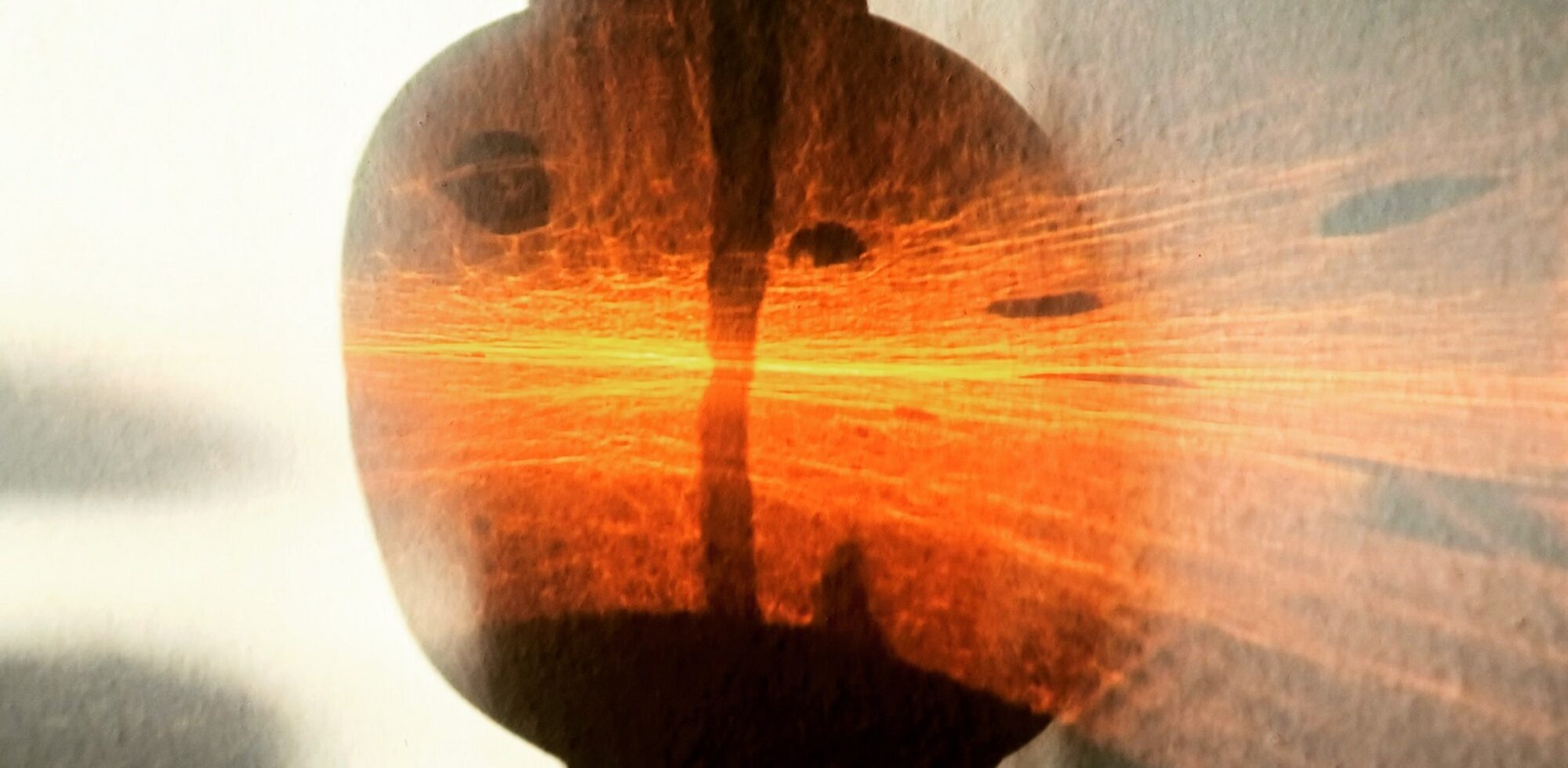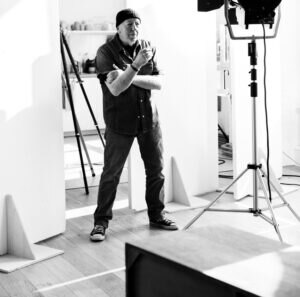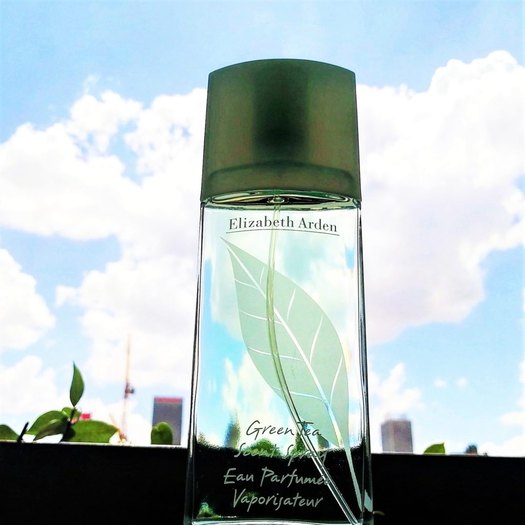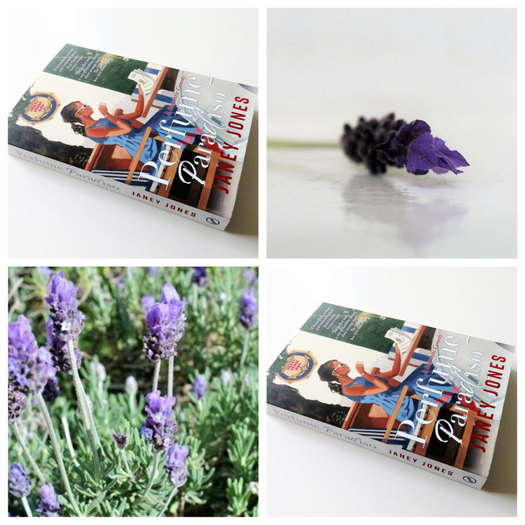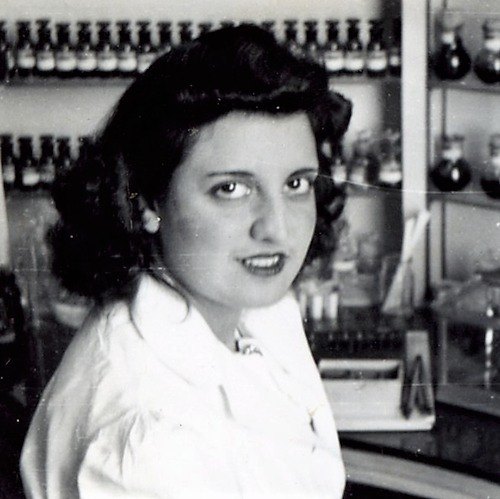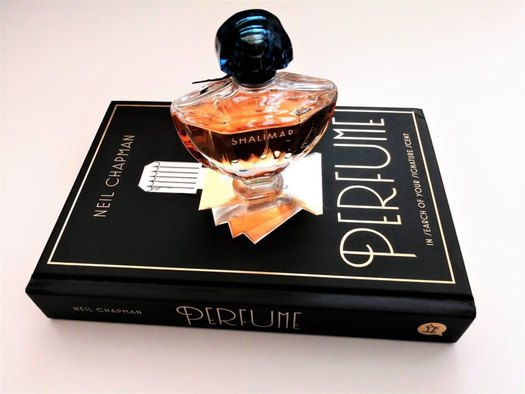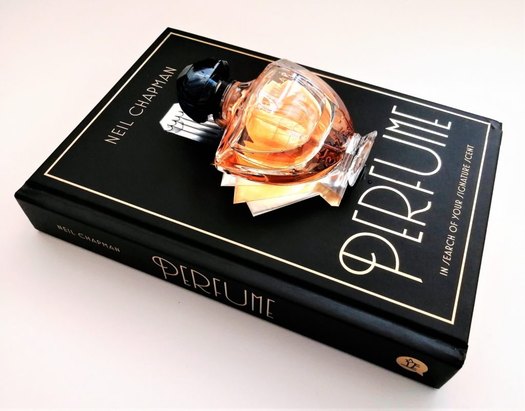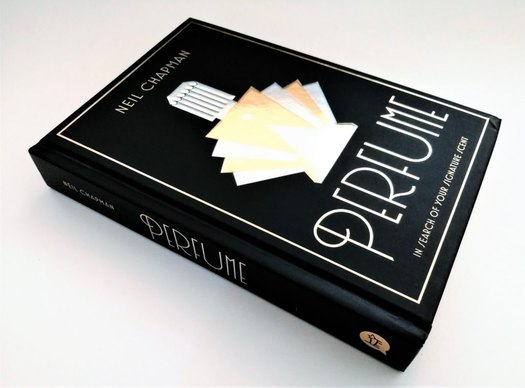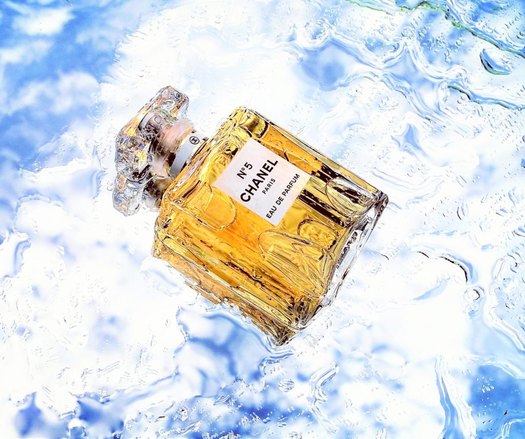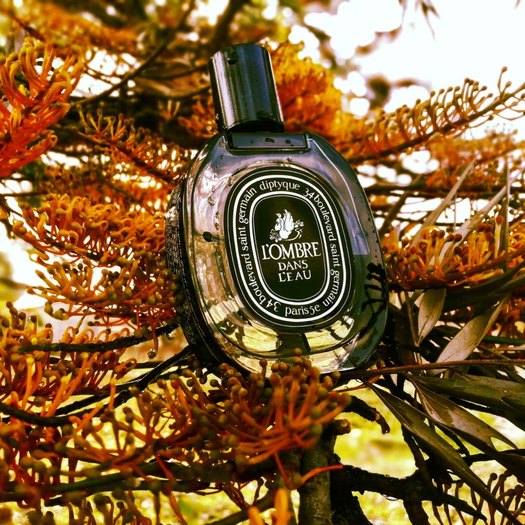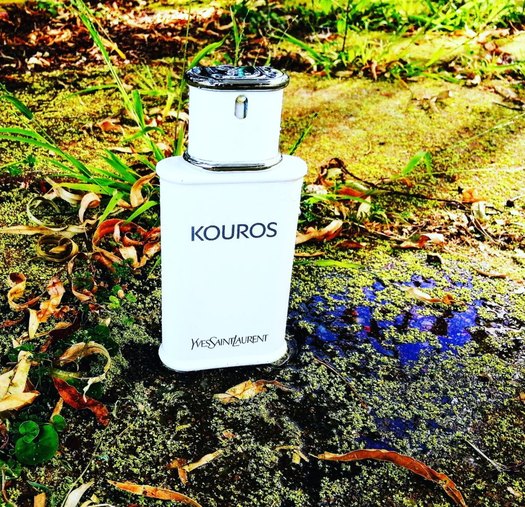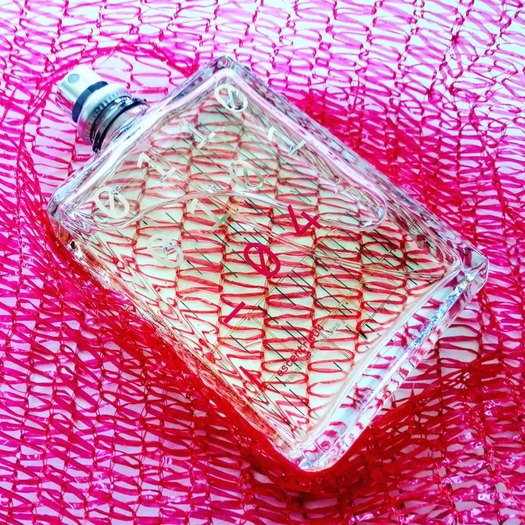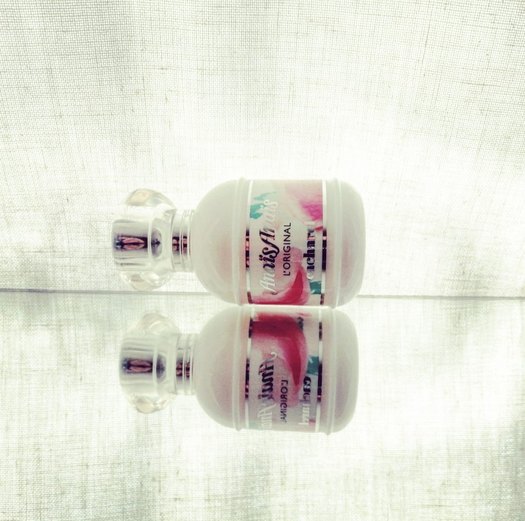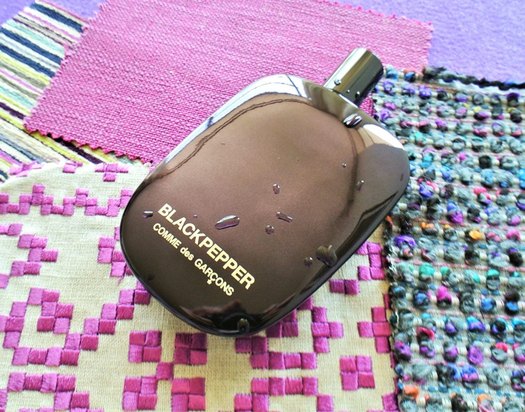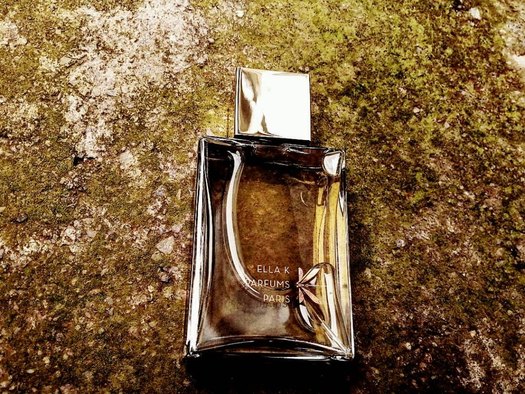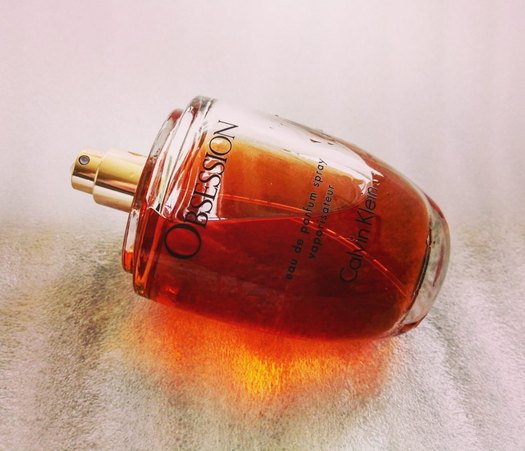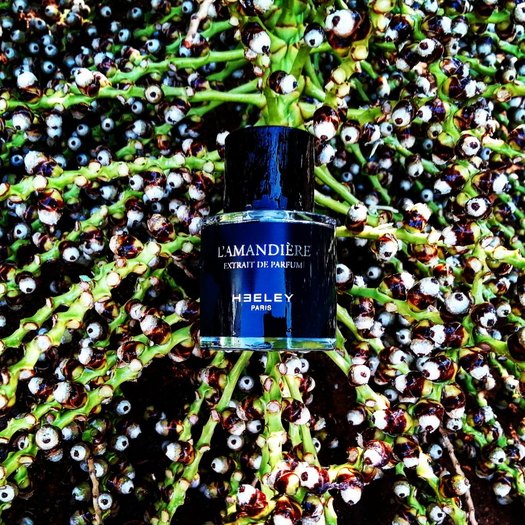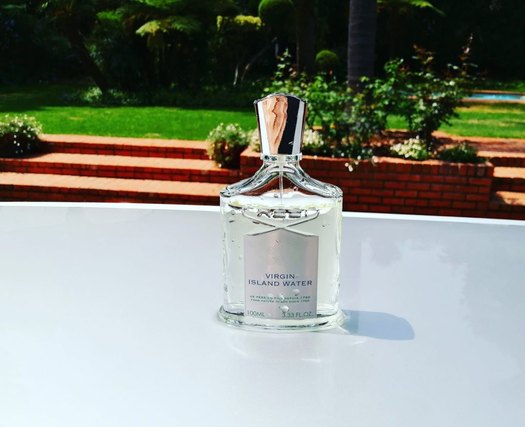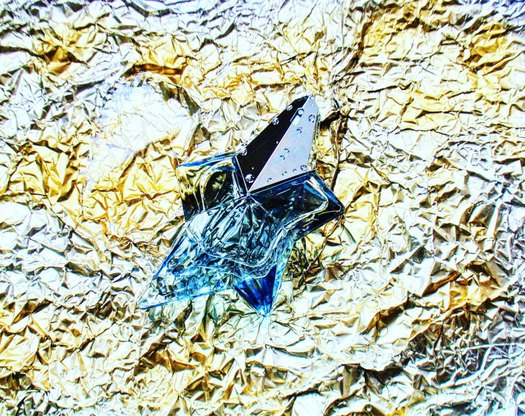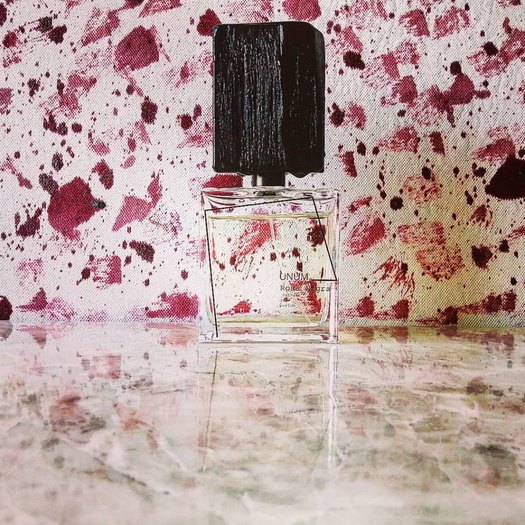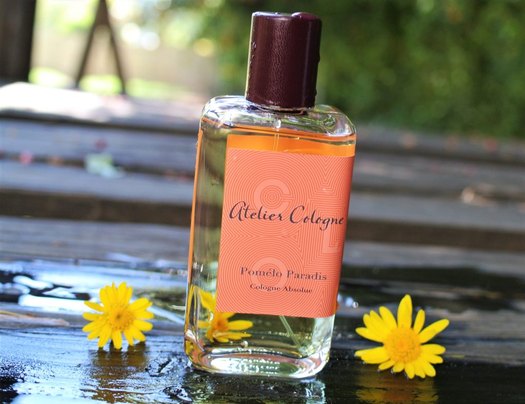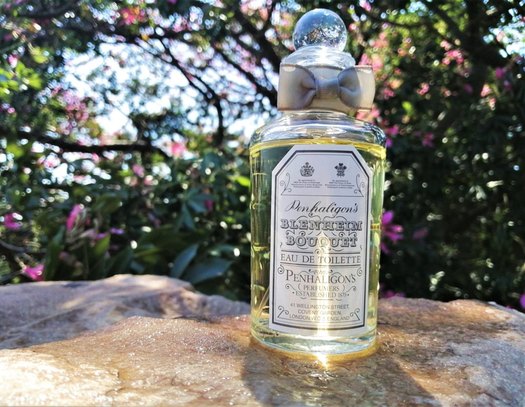I’d been wanting to read another perfume book for a while. Even better, if it’s about a subject I’m more and more interested in – ingredients. And so when a copy of Grasse: From Flower to Fragrance by Lionel Paillès was sent to me, I was chuffed to say the least.
Perfumery is about many things. But fundamentally it’s about the use of ingredients: whether naturals and/or synthetics, increasingly biotechnology.
Starting with the presence of the Swiss flavour and fragrance company dsm-firmenich in Grasse, the book, through meticulous research and brilliant photography, presents a picture of a firm, its perfumers, technicians and suppliers, at the forefront of research and science in the field of ingredients.
Or should that be fields of ingredients? Although technology is central, it all starts with the suppliers and farmers in their fields of roses, lavender, jasmine, tuberose and mimosa in the heartland of French perfumery, Grasse.
While the book is very much about dsm-firmenich, it’s not a glorified sales pitch. Lionel Paillès is too much of a professional perfume writer to put his name on that sort of project.
“While the book is very much about dsm-firmenich, it’s not a glorified sales pitch.”
I had not heard of Lionel Paillès before receiving this book. The perfume critic, journalist and Fragrance Foundation judge is the author of titles such as Chanel: The Art of Creating Fragrance: Flowers of the French Riviera (Abrams, 2016) and Petit Lexique des amateurs épris d’odeurs et de parfums with Jean-Claude Ellena (Actes Sud, 2021).
Some of the things I love about this book (apart from the teeny-weeny font size of captions – perhaps time for new glasses, Richard?):
+ The language of fragrances: an easy-to-understand glossary of terms from “absolute” and “biomass” to “supercritical fluid extraction (SPF)” and “upcycling”.
+ It emphasises the interconnection of science and nature and, in particular, the role of innovation in the process of fragrance creation.
+ While looking at many of the processes behind the scent scenes, it doesn’t lose sight of the alchemy and mystery in perfumery.
Before I get to the interview with Lionel Paillès, some fast facts below for the perfume-geek lurking in all of us:
DID YOU KNOW?
+ Grasse was placed on Unesco’s Intangible Cultural Heritage of Humanity List in 2018 for its collective perfumery know-how.
+ Principal perfumer Fabrice Pellegrin and master perfumers Alberto Morillas, Nathalie Lorson, Olivier Cresp and Honorine Blanc are among the employees of dsm-firmenich.
+ These perfumers meet three times a year in Grasse at Villa Botanica, where Fabrice Pellegrin, the company’s director of Natural Product Research and Innovation, presents the latest innovations. It is these perfumers who approve each line of development one by one, after smelling, evaluating and comparing them to other ingredients on the market.
+ The centifolia rose is harvested by hand only, flower by flower, over a period of three to four weeks in the middle of the month of May. That’s why it is also known as the “May rose”.
+ True lavender lends itself better to luxury perfume formulas. However, lavandin yields three times more essential oil than true lavender, which makes it particularly sought-after for “functional perfumery” (washing powder and liquid, soap, shower gel, shampoo).
+ A good jasmine picker harvests 600g to 800g of flowers per hour, which amounts to 6kg to 7kg of flowers in a day’s work.
+ Originally from Australia, mimosa (part of the acacia family), with its small, downy yellow flowers, was introduced to the south of France in the 19th century.
Source: Grasse: From Flower to Fragrance by Lionel Paillès.
Tell me about your background and how you got into writing about perfumes.
I met Jean-Claude Ellena in 2010 during an article I wrote for L’Officiel Voyage magazine. I knew nothing about perfume, but his speech immediately fascinated me. I decided to stop everything and train myself: learning raw materials and classic accords at the Cinquième Sens school, then with different perfumers (notably Jean-Christophe Hérault, picture below).
How long was this book in the making?
I wrote it between summer 2022 and summer 2023. We did six reports in Grasse in different seasons: spring, summer, autumn and winter.
Who initiated the project?
I knew the perfumer Fabrice Pellegrin (picture below), who became a friend, well. Ten years ago, he introduced me to dsm-firmenich’s extraordinary facilities in Grasse. When he spoke to me in 2021 about the Villa Botanica project, I suggested that we take the opportunity to imagine a book around Grasse perfume plants and their transformation. A work which is aimed at both the general public and professionals in the perfume industry.

What do you want people to understand from reading the book?
A beautiful perfume plant is not an end in itself and that it is its transformation that gives it all its value. The art of the perfumer would be nothing without the science necessary to transform the plant into an ingredient.
“A beautiful perfume plant is not an end in itself. Its transformation gives it all its value.” – Lionel Paillès
How would you rate your knowledge of perfume ingredients before writing the book?
I had bookish knowledge and I had participated in a rose harvest in Grasse. That is just about everything. I learned everything by going to Grasse to the dsm-firmenich factories and meeting the passionate farmers who are partners of the Swiss company.
What stood out for you as the project progressed?
I discovered that the entire Grasse region lived to the rhythm of the same passion: that of perfume. I also understood how the time of perfume was an eminently long time. If consumers knew how long it takes to mature a beautiful jasmine, transform it into an extract and make it the beating heart of a perfume, they would better understand the price of perfume.
The book talks a lot about Grasse, the traditional heart of French perfumery. Is it possible for the region to regain its former glory?
Since the big brands (Louis Vuitton, Dior) moved there, signing partnership contracts with flower producers, Grasse has regained its aura. The know-how of Grasse has been classified as a Unesco Intangible Heritage: the cultivation of perfume plants, the transformation and creation of perfume. Nowhere else in the world is so much know-how concentrated in one place.
“Nowhere else in the world is so much know-how concentrated in one place.” – Lionel Paillès
The book features a cast of suppliers, farmers, technicians and perfumers. Did you get to meet all of them?
Yes, I had the chance to meet all the partners of dsm-firmenich. Those who produce the rose; those who produce jasmine (Alexandra Richard impressed me with her determination and passion), mimosa, violet or tuberose.
The Villa Botanica is a symbol of dsm-firmenich’s position in Grasse. What role does this house play in raising consumer awareness of the role of science in perfumery?
It is both a place of creation, where perfumers extract themselves from their daily life, and a place of education, where brands come to discover perfume plants and the know-how of extraction developed over decades by dsm-firmenich.
Biotechnology increasingly appears to be the future of perfume ingredients. The Firgood process is particularly fascinating. What can you tell me about it?
This is a process that uses microwaves, like the oven in your kitchen. By heating the plant in an oven, the molecules heat up by rubbing together and release their olfactory particles. All perfume houses are looking for extraction methods that do not use petrochemical solvents and which consume little energy and water. The Firgood addresses these two issues. In addition, it makes it possible to extract so-called “dumb” flowers, the natural extract of which did not exist until now.
Why is there such a push for natural ingredients now?
Naturalness is a consumer requirement that has existed for around 10 years but has increased with Covid. I really like natural extracts: they bring richness and complexity to the perfume. They also allow us to tell beautiful stories of women and men: the farmers who have been cultivating these plants for decades and sometimes generations.
“Natural extracts allow us to tell stories of the farmers who have been cultivating these plants for decades.” – Lionel Paillès
And what about synthetics?
The synthetic molecule is essential to perfume. It allows the perfume to stick to the skin and make it last long throughout the day.
The superb photography by Philippe Frisée in this book deserves a mention. How did you work with him?
We were in Grasse together on all the reports. Philippe did not have any specific knowledge of plants. It comes from fashion and brings a new and non-cliché look at the perfume plant.
The idea was to work like I work in the press when I go reporting: by joining our eyes and discovering things together.
*Grasse: From Flower to Fragrance (Gallimard) by Lionel Paillès is available from selected bookstores.
